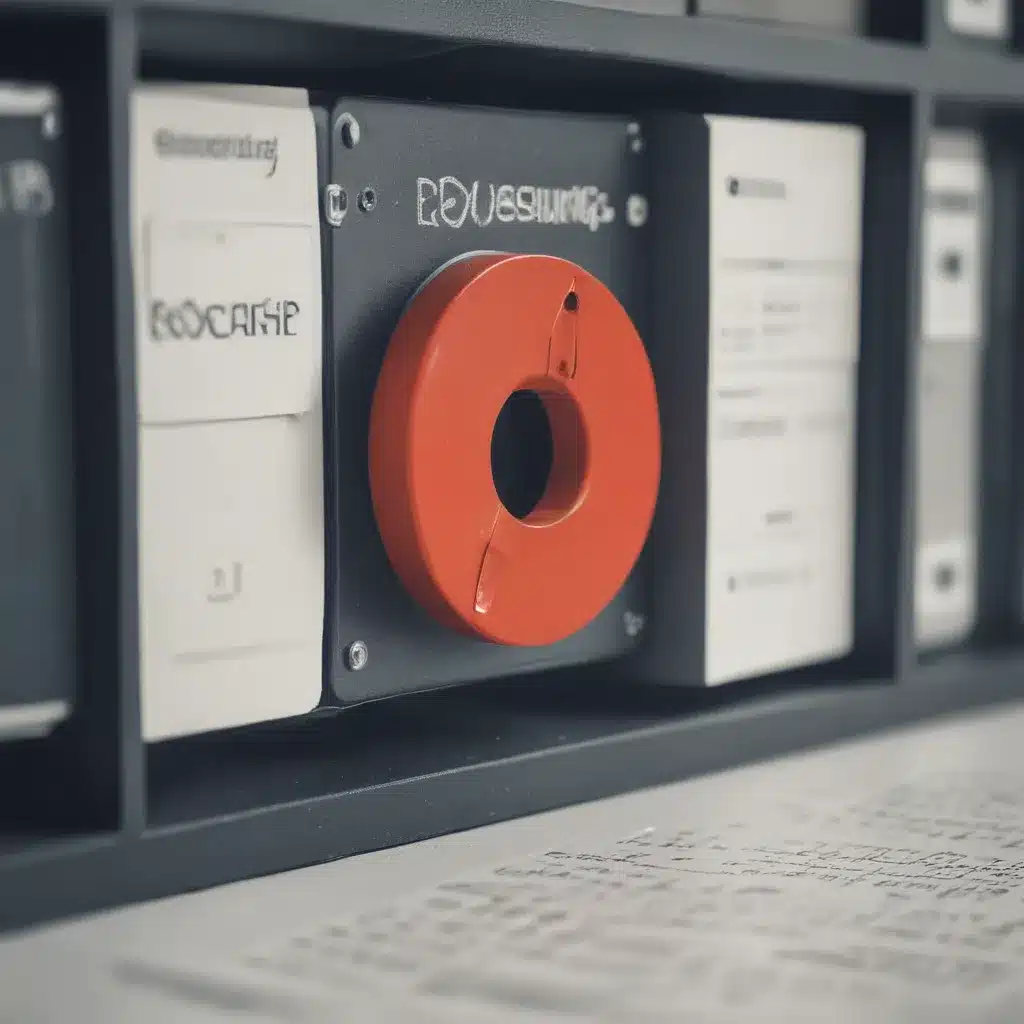
The Day My Computer Died
It was a Monday morning, just like any other. I was busily typing away on my trusty desktop, working on an important project that was due later that day. Little did I know, my computer was about to take its last breath.
Out of nowhere, the screen went black, and a series of ominous beeps echoed through my home office. My heart sank as I realized my computer had crashed – and not just a simple software glitch, but a full-blown operating system failure.
“No, no, no!” I cried out, frantically tapping the keyboard and jiggling the mouse, but to no avail. My beloved machine had breathed its last digital gasp, and all my hard work, not to mention countless precious files, were trapped inside its lifeless shell.
Taming the Panic
In that moment of sheer panic, I felt utterly powerless. All the hours I had spent meticulously organizing my digital life, carefully backing up my files – it all seemed for naught. I could picture my project deadline looming, my boss growing increasingly impatient, and my reputation as a reliable, on-top-of-it employee rapidly crumbling.
But then, a glimmer of hope emerged. I remembered reading about ways to recover files after a system crash. The OpenOffice.org community forum had some promising tips, and the GIMP forum had shared some valuable insights as well. Perhaps all was not lost after all.
Taking a deep breath, I pushed aside my panic and got to work. I was determined to salvage as much of my data as possible, no matter what it took.
Assessing the Damage
The first step was to assess the extent of the damage. I carefully examined my computer, checking for any physical signs of distress. Thankfully, the hardware seemed intact – no smoking components, no suspicious smells, and the fans were still whirring away.
Next, I tried powering on the machine, hoping against hope that it would spring back to life. Alas, the familiar boot-up sequence never commenced. Instead, I was greeted with a cryptic error message and a blinking cursor, taunting me.
At this point, I knew I was dealing with a serious operating system failure. My once-trusty Windows 10 installation had met its demise, and my files were now trapped in digital purgatory.
Exploring Data Recovery Options
Determined not to let my hard work go to waste, I began researching data recovery options. The Microsoft Office support forums had some promising leads, including tips on recovering Word documents after a system crash.
I discovered that there were several specialized data recovery tools available, each with its own unique features and capabilities. Some were designed for quick, simple file retrieval, while others offered more advanced options for recovering deleted or corrupted data.
After carefully weighing the pros and cons of each tool, I settled on a highly recommended software suite that claimed to have a stellar track record of rescuing files from even the most stubborn system failures.
Diving into the Recovery Process
With my data recovery software installed and ready to go, I began the arduous task of combing through my computer’s hard drive, searching for any salvageable files. It was a painstaking process, as the software had to meticulously scan each sector of the drive, piecing together the fragmented data.
As the minutes ticked by, I watched anxiously as the progress bar crept forward, inch by agonizing inch. Would I be able to recover everything, or would I be left with mere fragments of my work? The suspense was almost too much to bear.
Suddenly, a shout of triumph escaped my lips as the software identified a cache of intact files, including the all-important project I had been working on. With great care, I guided the software through the recovery process, ensuring that each file was meticulously restored to its original state.
A Sigh of Relief
As the last file was safely transferred to my external hard drive, I leaned back in my chair, exhaling a deep sigh of relief. My computer may have breathed its last, but thanks to my persistence and the power of data recovery software, I had emerged victorious.
I wasted no time in firing up my trusty laptop and getting back to work on that all-important project. With my files safely recovered, I was able to submit my work on time, impressing my boss with my resilience and problem-solving skills.
Of course, this ordeal has taught me a valuable lesson: regular backups are an absolute must in today’s digital world. From now on, I’ll be sure to religiously backup my data, both locally and to the cloud, so that I’m never caught off-guard by a sudden system crash.
And if disaster should strike again, I know exactly where to turn – the power of data recovery software and the wealth of information available on the internet. After all, as the saying goes, “knowledge is power,” and in the realm of computer repair, that couldn’t be more true.
So, if you ever find yourself in a similar predicament, don’t lose hope. With a cool head, some resourcefulness, and a little bit of tech-savvy, you too can rescue your precious files from the jaws of an operating system crash. Just remember to call in the experts if you need a helping hand – they’ll be there to guide you through the process and get your digital life back on track.












